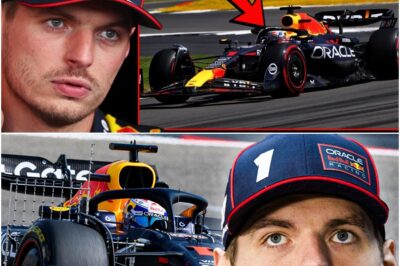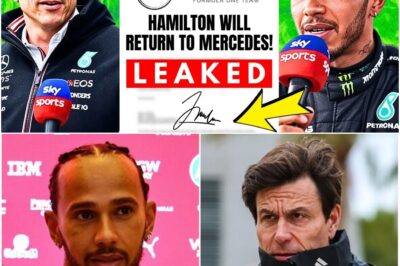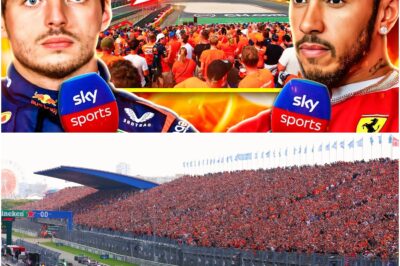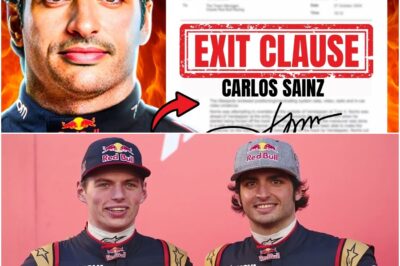The world of Formula 1, a realm synonymous with blistering speed and razor-thin margins, is facing a storm of its own making. A seismic rewrite of the sport’s regulations for the 2026 season has ignited a firestorm of controversy, pitting the drivers—the very heart and soul of the spectacle—against the governing body, the FIA. What was intended as a revolutionary step forward is now being decried as a dangerous and overly complicated “science project” that threatens to transform the pinnacle of motorsport into a confusing, button-pushing exercise, a “mental chess match” that could dilute the raw, visceral thrill of racing.

At the core of the drivers’ revolt are sweeping changes to aerodynamics and the hybrid power units. The 2026 cars will feature active aerodynamics, a system that drivers will have to manage manually, alongside a more complex energy deployment strategy. This includes a new “IndyCar-style power boost” that can be unleashed for a few seconds per lap, requiring pinpoint timing and strategic foresight. The goal, according to the FIA, is to create a more level playing field and to reward driver intelligence. But for the athletes strapped into these carbon-fiber rockets, it’s a recipe for disaster.
The current generation of F1 cars, while incredibly advanced, features a high degree of automation, particularly in managing the complex hybrid systems. The car’s brain autonomously handles the deployment and recovery of electrical energy, allowing the driver to focus on the pure art of racing: braking points, apexes, and wheel-to-wheel combat. The 2026 regulations propose to strip away much of this assistance, placing an unprecedented mental load on the drivers.
Ferrari’s Carlos Sainz voiced his concerns, stating that the new systems “occupy a lot of brain space,” a sentiment echoed across the paddock. Williams driver Alex Albon labeled the changes as “very complicated,” while Sainz’s teammate, Charles Leclerc, went a step further, deriding the new formula as a “science project.” The fear is that the driver’s core skills—instinct, bravery, and car control—will be overshadowed by their ability to navigate a labyrinth of switches, recalibrations, and energy management modes. Every lap will demand a series of split-second decisions, turning the cockpit into a high-speed office rather than a racing machine.
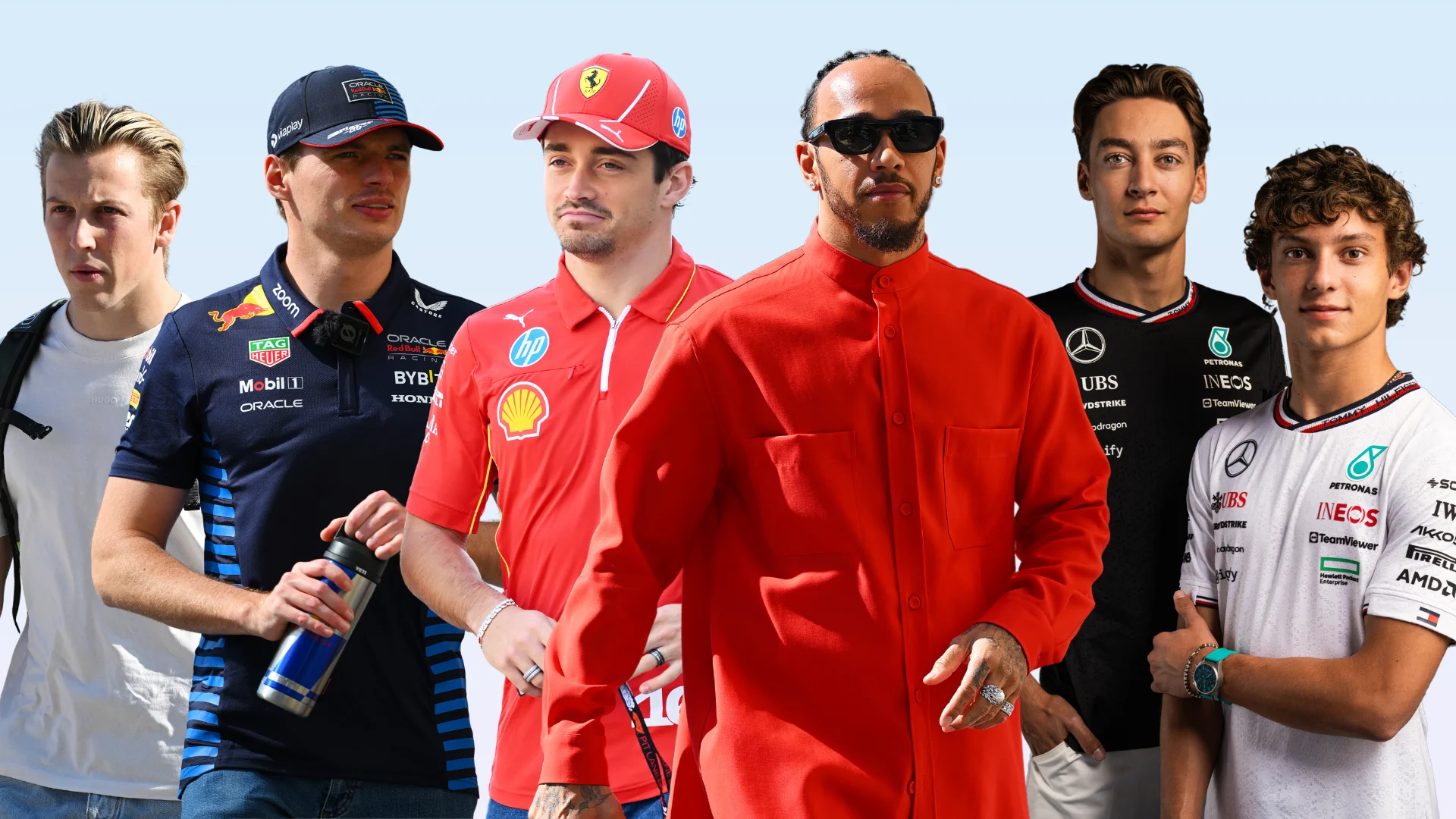
The changes aren’t limited to the power unit. The braking system is also undergoing a radical overhaul. The rear brakes will be significantly smaller, with the bulk of the stopping power coming from regenerative technology linked to the hybrid system. This means that as drivers hit the brakes, they will also be actively managing the recovery of energy, a task that is currently largely automated. This fusion of braking and energy harvesting adds another layer of complexity to one of the most critical aspects of driving, where a single miscalculation can have catastrophic consequences.
The FIA, through its single-seater chief Nicholas Tombazis, has attempted to quell the growing dissent. Tombazis has urged for calm, reminding the teams and drivers that the regulations are not yet finalized. He argues that the new rules will actually place more emphasis on the driver, allowing their skill and intelligence to shine through. “We believe the new rules will allow for more driver influence in racing,” Tombazis stated, framing the changes as a move away from an “engineer’s formula” and back towards a “driver’s formula.”
However, this vision of a more cerebral, driver-influenced sport is not shared by those who have to live with the consequences. The concern is that the FIA is confusing complexity with skill. While a more intelligent formula is a noble goal, there is a fine line between a challenging environment and an overwhelming one. The drivers fear that the 2026 regulations have crossed that line, creating a scenario where the race is won or lost not on the track, but on the steering wheel’s myriad of buttons and dials.
Safety, the paramount concern in a sport that constantly dances with danger, is also at the forefront of the drivers’ minds. The active aerodynamic system, in particular, poses a significant risk. If a driver mishandles the system or if it malfunctions, the result could be a sudden and dramatic loss of downforce at a critical moment, leading to a high-speed accident. The FIA has assured that safeguards will be in place to prevent such catastrophic errors, but in a sport where things can go wrong in the blink of an eye, any new variable is a potential threat.

The uproar over the 2026 regulations has exposed a growing chasm between the sport’s administrators and its competitors. The drivers, who risk their lives every time they get in the car, feel that their concerns are being dismissed in the pursuit of a new, and untested, vision for the sport. They are not resistant to change, but they are demanding that any change be implemented with a clear-eyed understanding of the practical realities of racing at over 200 miles per hour.
As the 2026 season inches closer, the debate is only set to intensify. The FIA is standing firm on its belief that the new regulations will make Formula 1 more exciting and more competitive. The drivers, on the other hand, are warning of a future where the sport becomes a confusing “video game,” a technological arms race that leaves the human element behind.
The soul of Formula 1 is on the line. Will the 2026 regulations usher in a new golden era of racing, one that rewards both speed and strategy? Or will they be remembered as the moment when the sport became too clever for its own good, sacrificing the raw, unadulterated thrill of racing for a complex and convoluted formula? The answer to that question will determine the future of Formula 1, and the legacy of those who are brave enough to compete in it. The world is watching, and the drivers are holding their breath.
News
The Shocking Downfall of Red Bull Could Mean the End of Max Verstappen’s Reign! As the Team Faces Unprecedented Issues in 2025, Verstappen Must Now Accept a Harsh Reality that Could Change Everything for His Future. Is the Glory Days of Red Bull Over?
The Fall of a Dynasty: Max Verstappen and Red Bull’s Struggles in 2025 Max Verstappen has just lived through the…
Lewis Hamilton’s shocking revelation: After months of speculation, the 7-time world champion has officially confirmed he will return to Mercedes! Hamilton discusses his negotiations with team principal Toto Wolff. What led to this decision? What’s next for Mercedes and Hamilton’s future together?
Lewis Hamilton’s Return to Mercedes: The Strategic Power Play Behind the 2025/2026 Move Formula 1 fans are buzzing with rumors…
Oscar Piastri has made a bold accusation against McLaren, claiming the team prioritizes Lando Norris over him. The remarks have stirred controversy in the F1 world, leading many to wonder whether this alleged bias will affect McLaren’s team strategy and the relationship between its drivers.
Oscar Piastri’s Strategic Mastery at the Dutch Grand Prix: A Blueprint for Breaking the Team Hierarchy Formula 1 races are…
Sergio Perez Exposes Red Bull’s Untold Secrets! In an explosive interview, Perez pulls back the curtain on Max Verstappen’s dominance, revealing shocking truths about how the team operates behind closed doors. What is Red Bull hiding, and why is Verstappen always at the front?
Max Verstappen’s Future: Loyalty, Potential Shifts, and Red Bull’s Ambitions Max Verstappen, the four-time Formula 1 World Champion, has dominated…
F1’s Dutch GP Faces an UNPRECEDENTED CRISIS as Shocking New Developments Emerge Just Days Before the Race! What does this mean for the drivers and teams, and how will the new revelations impact the championship battle? Could a disaster be waiting just around the corner?
The Dutch Grand Prix 2025: A Thrilling Weekend Ahead in Zandvoort The Formula 1 season is back after a long…
Red Bull & Carlos Sainz Stunned by Leaked Contract Clause – What’s REALLY Happening? A bombshell leak reveals shocking truths about Carlos Sainz’s deal with Red Bull. What’s the real story behind the clause that could flip everything upside down? Find out now!
Carlos Sainz’s Shocking Move to Williams and the Leaked Red Bull Clause That Could Change Everything The 2025 Formula 1…
End of content
No more pages to load

